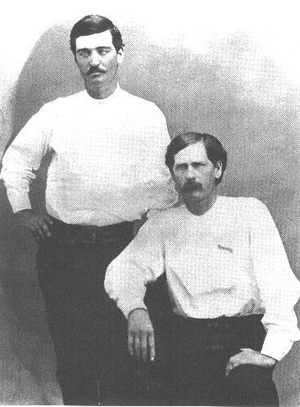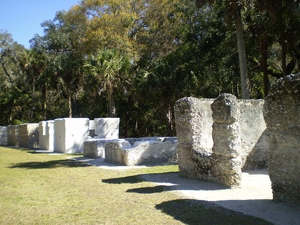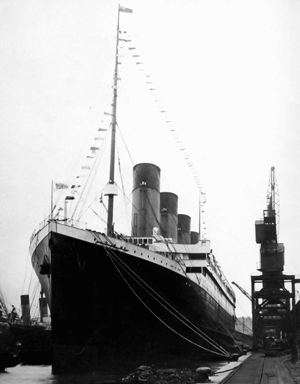
WICHITA, Kan. (AP) – A historic Kansas police docket book with references to Wild West lawmen Wyatt Earp and Bat Masterson is one legal step closer to being returned to Dodge City following a federal court ruling removing all claimants to it except the city.
The ledger details city court cases from 1878 to 1882, and the FBI has said it’s worth about $100,000. It was seized in May from a home in Ohio.
Many of Dodge City’s historical documents were stolen during the 1960s, when the television series, Gunsmoke, was most popular, said George Laughead, president of Dodge City’s historical society. Only two of Earp’s signatures remain in the city today, Laughead said.
The ledger would contain all of Earp’s cases and many of Masterson’s, he said.
“These dates cover the high points of the cattle drives, so an awful lot of our mythology occurred between 1878 and 1882 and it is going to be in here,” Laughead said.
Ownership of the ledger has been in limbo since the U.S. attorney’s office filed a forfeiture case in a legal maneuver to return the wayward book to the city. The federal government alleged it was the proceeds of interstate transportation of stolen goods.
U.S. District Judge Monti Belot issued a partial default order Tuesday removing all potential claimants except Dodge City. No one else had claimed an interest in it. The government filed a motion Wednesday asking for a final forfeiture order, including a compromise settlement that would release the ledger to Dodge City.
FBI Special Agent Robin Smith said in an affidavit filed in the government’s case that city officials believe “persons unknown” stole the book sometime after 1950.
No criminal charges have been filed in the case, Jim Cross, spokesman for the U.S. attorney’s office, said Wednesday.
“There are a lots of historical documents that were taken from the court that we are still in process of trying to track down and gain possession, but none as important as this,” said Terry Malone, the attorney representing Dodge City.
“It gives it a kind of personal flavor – brings, I guess, history to life,” he said.
In his affidavit, Smith said the book was last documented in the city’s possession in the early 1950s. That’s when a writer used it while researching Dodge City’s past as a rollicking cattle town.
The author, Stanley Vestal, wrote a book on Dodge City history titled Queen of the Cowtowns Dodge City, The Wickedist Little City in America 1872-1886. The book contained several references to the police ledger.
Somehow, the ledger ended up in the possession of James Collins, of Blacklick, Ohio, outside Columbus. Smith said in his affidavit that Collins told FBI agents the ledger had been passed from his grandfather to his father to him.
Collins told agents he had been a pilot in the 1980s ferrying doctors between Wichita and Dodge City, but the family never lived in Dodge City, according to the affidavit.
Collins did not immediately return a message from The Associated Press left Wednesday at his home.
The ledger surfaced in 2007 after Collins agreed to turn it over to a Scottsdale, Ariz., dealer who sells cowboy collectibles to auction it on consignment. The dealer contacted an expert in old Western lore to authenticate the book and publicize it.
That’s when Laughead found a blog entry about the ledger and recognized it as missing city property, and alerted authorities. The antiques dealer ultimately returned the book to Collins rather than become entangled in a legal fight, according to the affidavit.
The ledger was seized from Collins’ home under a search warrant after he refused to allow agents to view it during an interview.
Dodge City filed a claim to the book in the forfeiture case, contending it owns the police docket, which it called an official record of the city.
Collins did not file a claim.
Copyright 2009 Associated Press. All rights reserved. This material may not be published, broadcast, rewritten, or redistributed.
AP-WS-09-30-09 1804EDT





